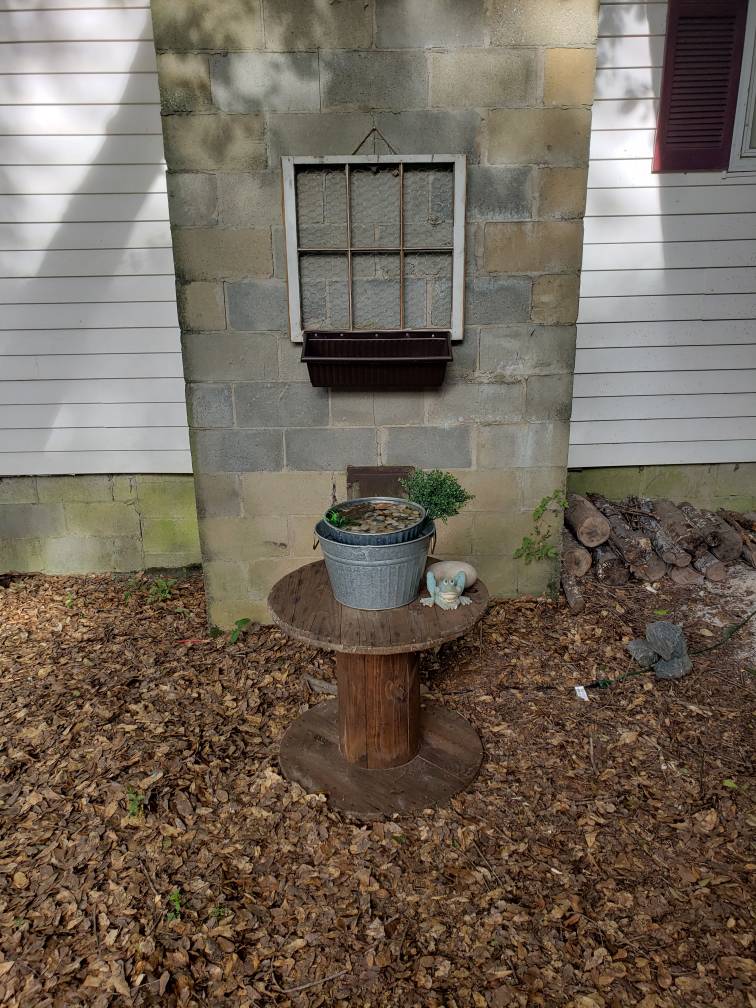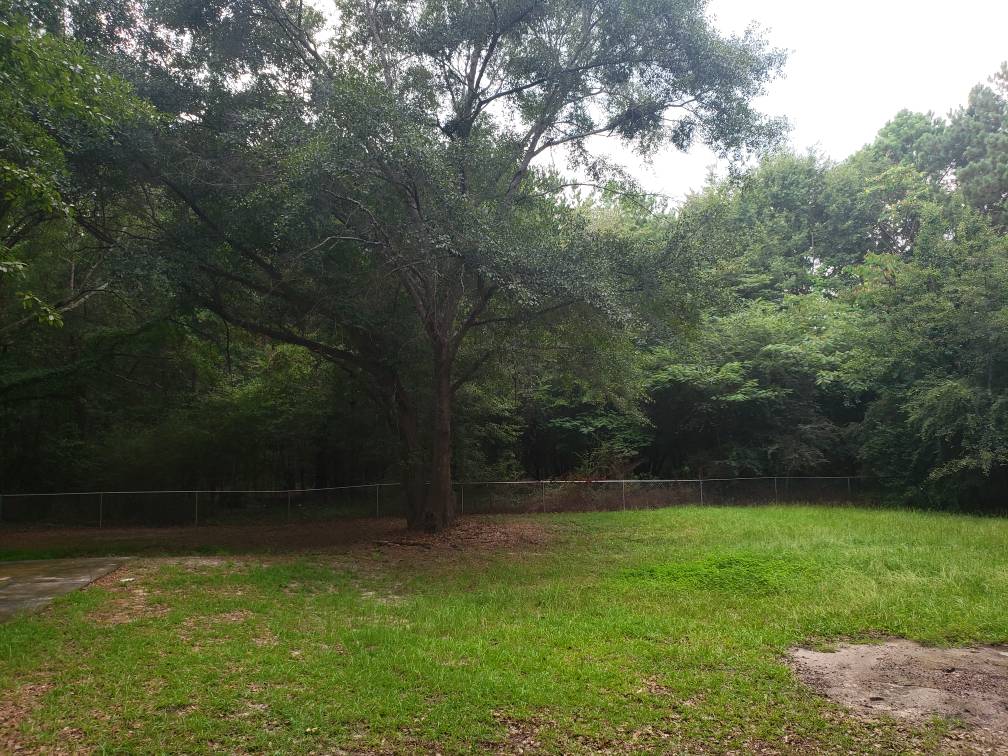chrisdiehl
Member
I live in the center of about 20 oak trees. There's birds everywhere except where I want them. I have a huge plate glass window looking out into the back yard. I'm wanting birds to hang out in that area. I've hung a diy bird feeder from a tree out there with some generic cheap variety bird seed, I built a diy bird bath with a little fountain for them and I've hung several bird houses in the area but not too close to the fountain and food. It's been a month and I have yet to see a bird anywhere in this area. They haven't ate the first seed. They haven't used the bird bath not even once and they have no interest in the bird houses. What have I done wrong? I do have a hummingbird feeder hanging from the window and I see a hummingbird everyday but as far as every other bird goes. They don't pay this area any attention. Is it because I live in the middle of 3 acres of woods and they already have all they need? Advice please and thank you.








